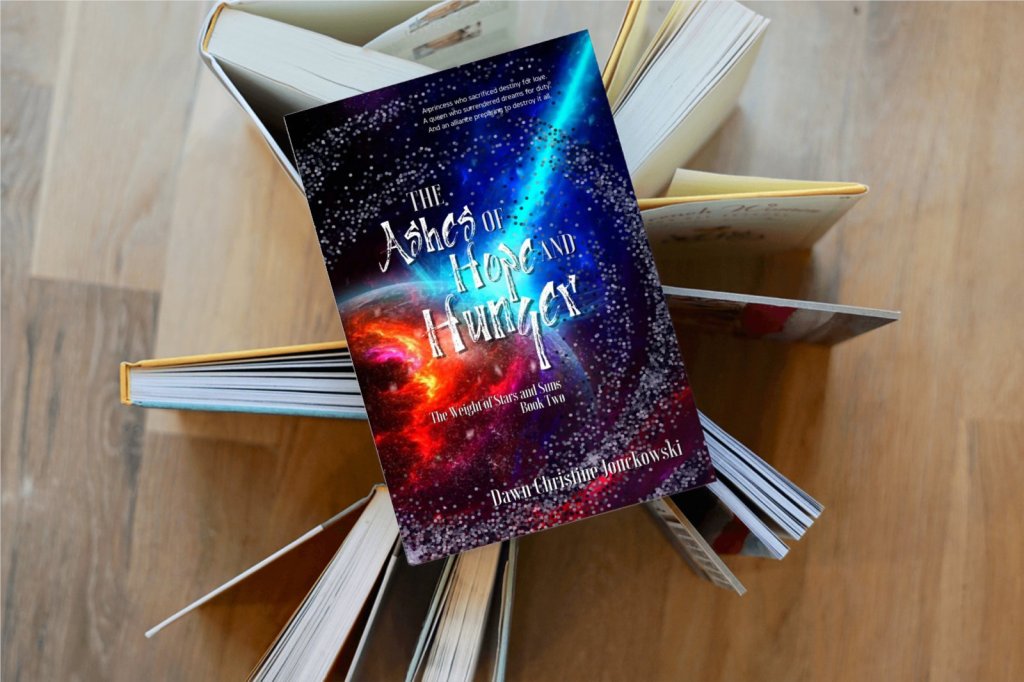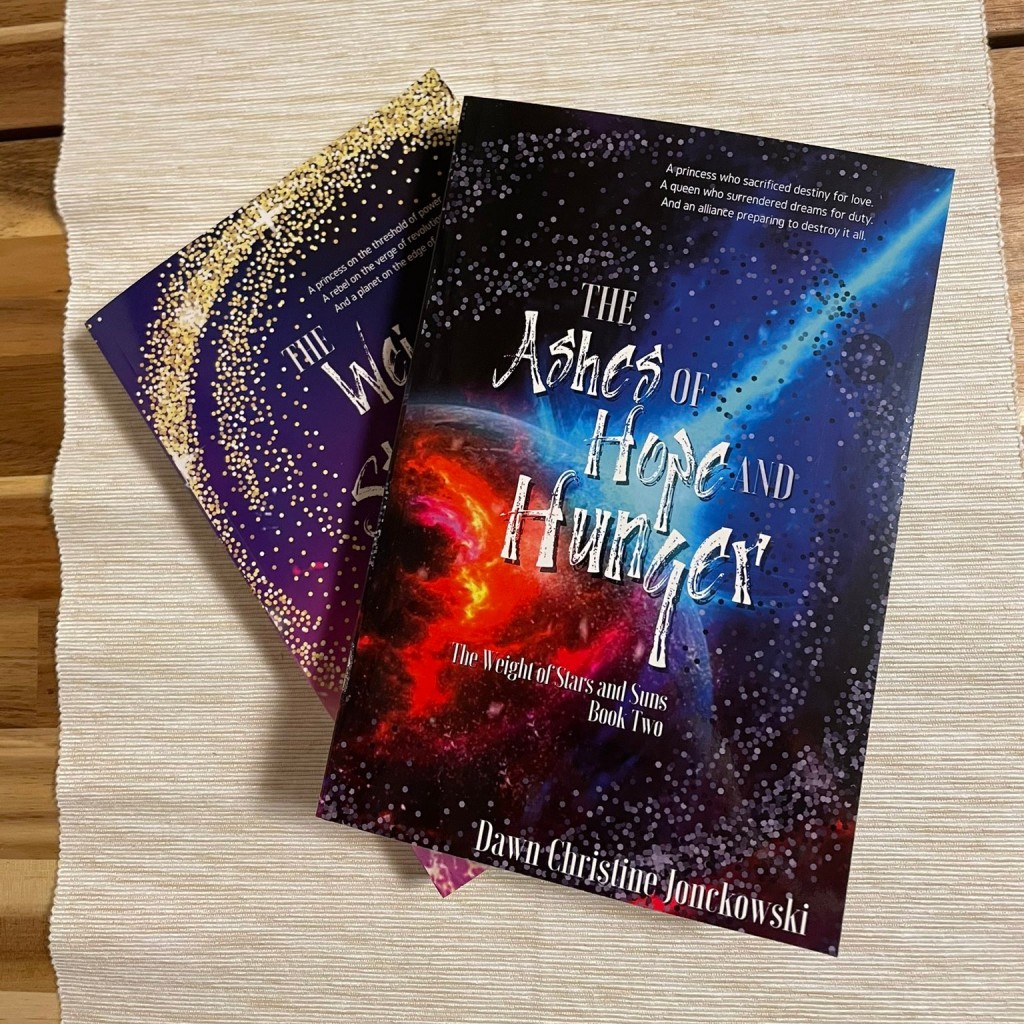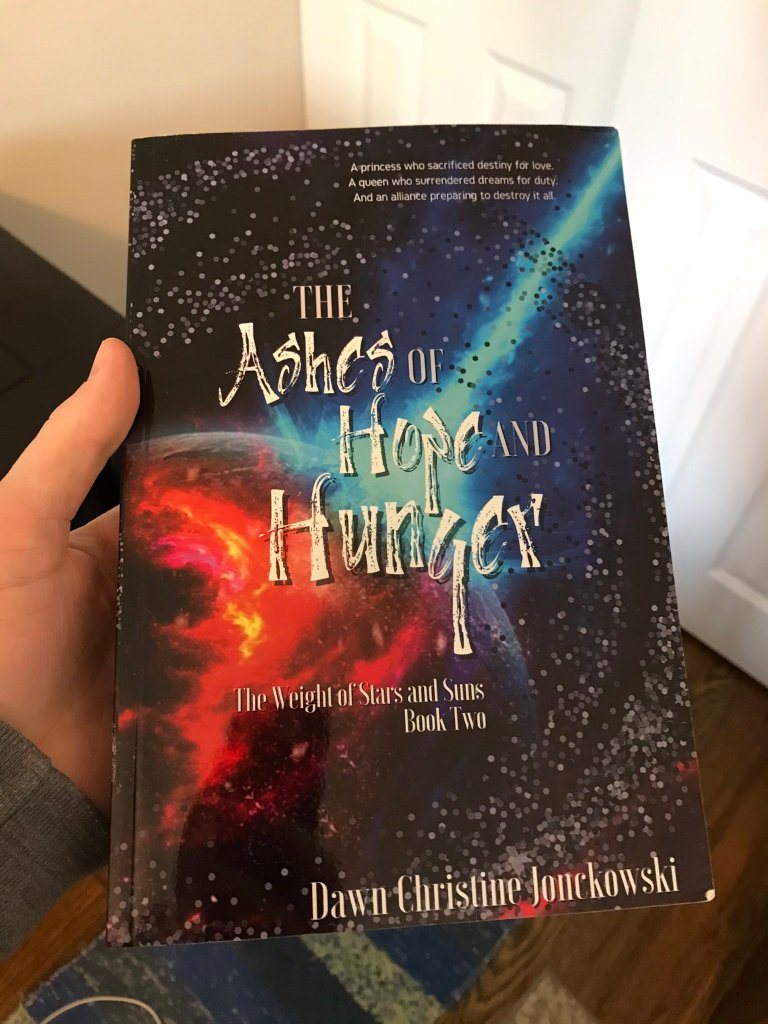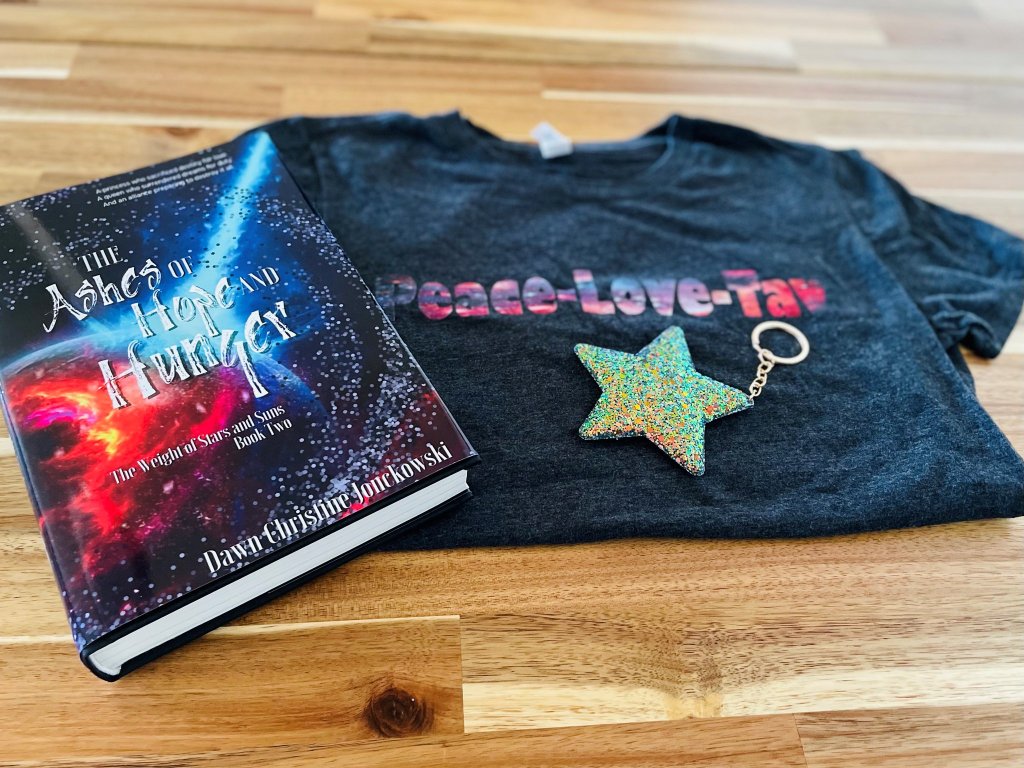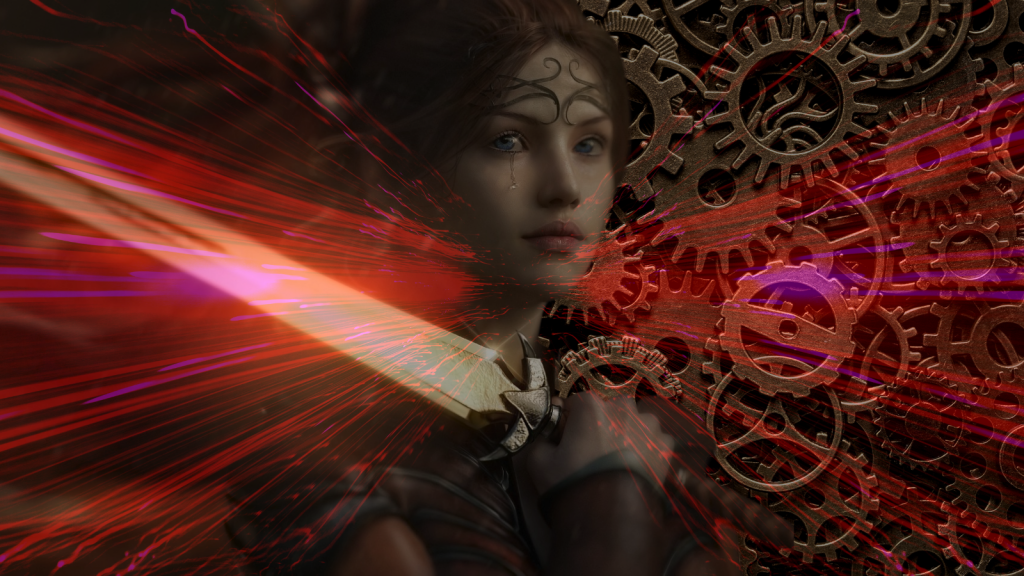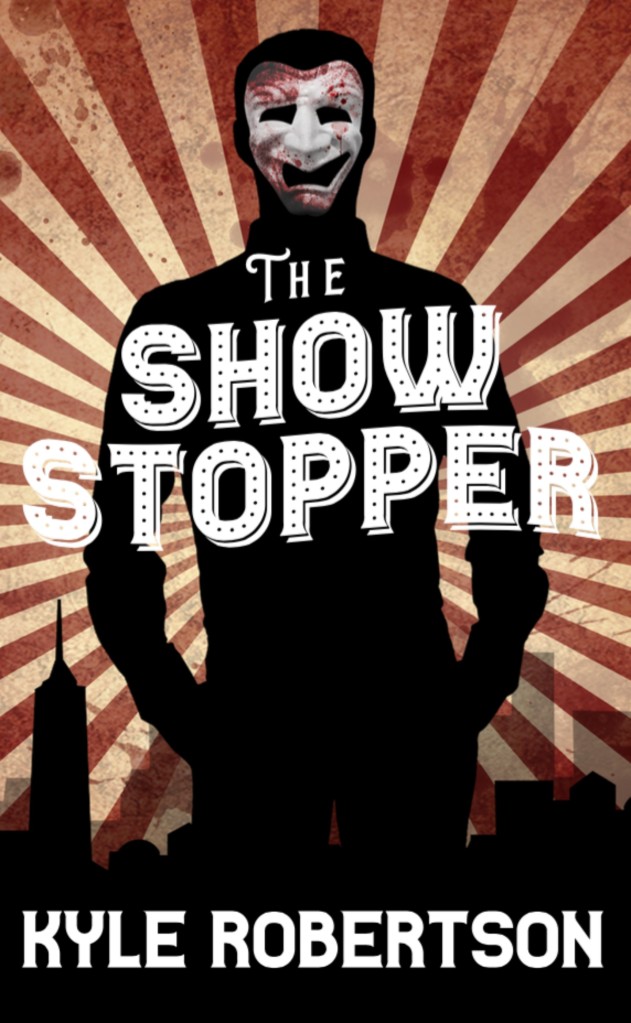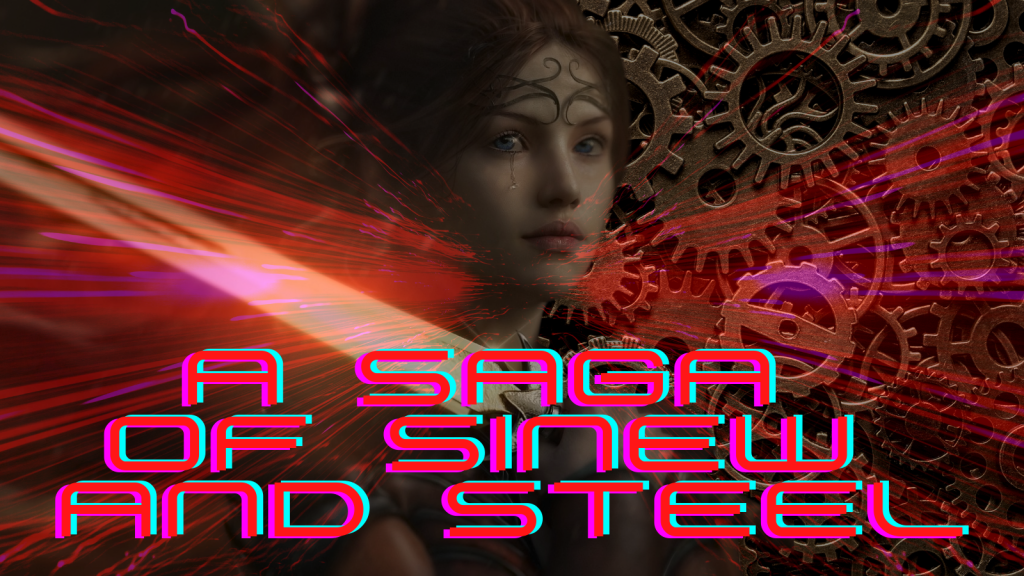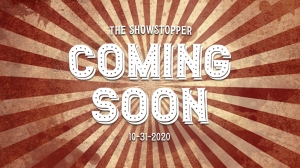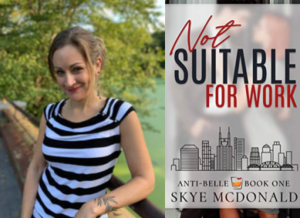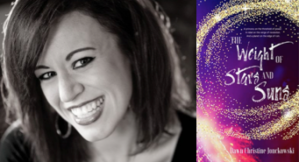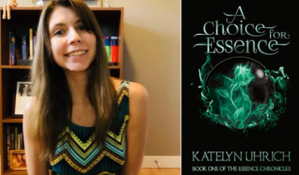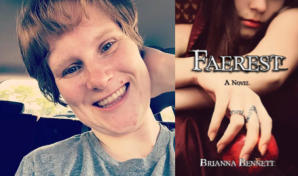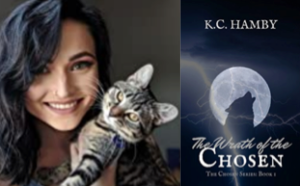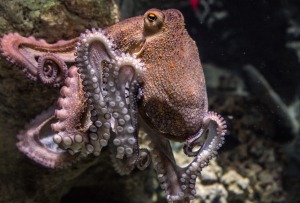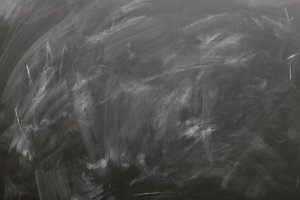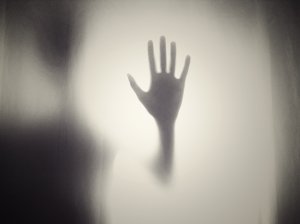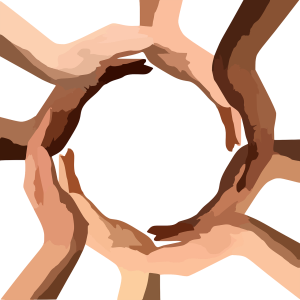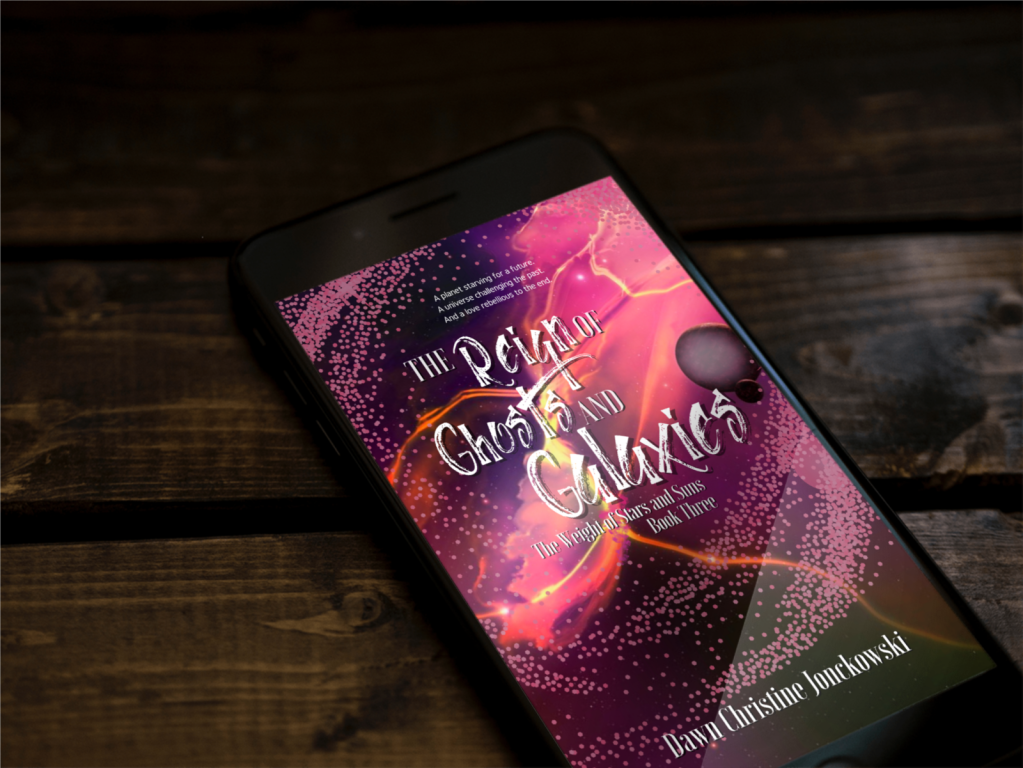
Remember the last time I said it had been a while since I wrote a blog post? Yeah…that was two years ago. But coincidentally, I’ve decided to bring this old thing back out of retirement one more time to follow up on exactly what I was talking about back in the golden days of 2021: the third and final installment of The Weight of Stars and Suns trilogy by Dawn C. Jonckowski! This self-published sci-fi novel is titled The Reign of Ghosts and Galaxies, and let me assure you that it’s just as epic, awe-inspiring, and hauntingly majestic as its name suggests.
For those of you who may not be familiar with the series thus far, I’ll try my best to keep the spoilers to a minimum, but here’s the gist: in the first book, The Weight of Stars and Suns, a lost tribe of humans marooned on the alien planet Tav who’ve been forced into servitude by the native people are suddenly confronted with their origins as a rescue ship from Earth arrives…and not a moment too soon, seeing as the many suns keeping Tav alive are starting to fade. Amid all of this, an unconventional love story takes form between the planet’s crown princess and the leader of the human rebellion against her father’s rule, setting the stage for the rest of the series.
Things get even more complicated in the second book, The Ashes of Hope and Hunger, which sees survivors from Tav, both human and Tavarian, set off to colonize a new world but run into trouble with a new set of locals and stumble into the midst of a civil war with far-reaching repercussions. In addition, all characters have to reckon with the highly suspect intrigues of the Global Alliance, a powerful body controlling space travel and the known universe, as well as a rising rebellion in the form of the rival faction The Defiance…both of whom want to use the situation to their own ends. There’s more whirlwind romance and action-packed space battles galore, setting the table for a grand third-act finale.
And boy, does The Weight of Ghosts and Galaxies deliver! It’s notoriously hard to come up with a final part of a trilogy that pleases everyone, but Jonckowski manages to tie together all the threads established in previous installments into several parallel and equally compelling storylines, each featuring their own thrilling action sequences and a solid helping of romance. There are follow-ups and conclusions to the love stories established in the first two books (princess Dameia and former slave Hyam in book one, Tavarian healer Xanth and Veporian native Arba in book two), as well as some new steam between the laid back but straight-laced first mate Behr and closed off, rule-busting, trauma-riddled Defiance captain Lucy Armstrong-LeValle. It’s big feelings on all sides as the conflict between the Global Alliance and its renegade faction reaches a pinnacle, the power-hungry ruler of Vepo tries her best to annihilate her unwelcome guests, and the key relationships between characters are pushed to their breaking points.
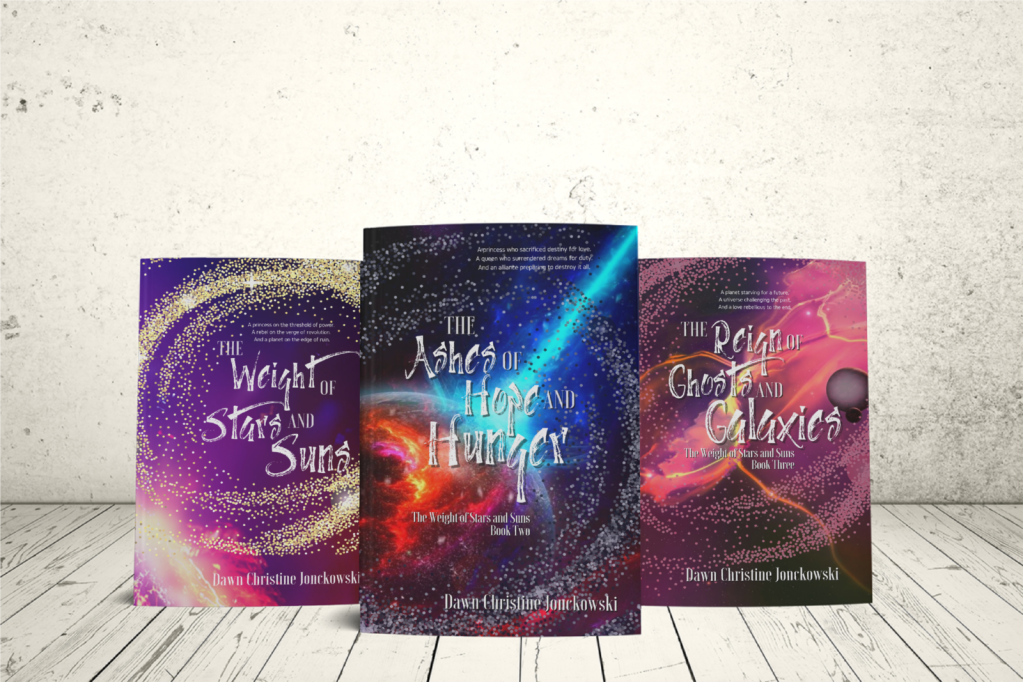
Whether you’re a fan of science fiction like Star Trek and 2001: A Space Odyssey or you prefer a good forbidden love, Romeo and Juliet-style romance between humans and aliens, aliens and other aliens, or just humans who are totally alien to each other, this series is for you, and The Reign of Ghosts and Galaxies in particular. The action scenes, whether they be in space, on the ground of an alien planet, or even in interludes of corporate intrigue as several Global Alliance characters work to thwart the plans of their own nefarious leaders, are compelling, believable, and above all exciting. On the flip side, the various romances between characters are fully fleshed out and organic, never forced or fragile. Jonckowski’s characters are so fully formed and functional that they always sell the reality of their relationship, and stress the fact that none of them are perfect or without tension. They all feel like real people, with real hopes and secrets and traumas that hold them back from expressing their true desires…at least until it matters most.
In addition, the couple of love triangles that form (one very specifically) in the final novel are never overdone or melodramatic. In fact, one of the most likable characters in the entire book is Matime, the former Tavarian leader promised to Dameia but pushed aside by her love for Hyam. After spending most of the second book on the sidelines, Matime is back in a big way for book three but is refreshingly different in that he, too, is an unwitting pawn in the enemies of Hyam and Dameia’s love. Forced into a false marriage with her in spite of the fact that he has no desire to get between the two lovers, it would have been very easy for Matime to have been a villain, or at the very least a character readers were motivated to hate. But the guy is essentially so wholesome and genuinely kind as to be un-hatable, even as he threatens to destroy the very relationship the series is fundamentally based on. Rather than the tired trope of two testosterone-fueled men slugging it out over a woman forced to choose between them, it’s well-established that Dameia and Hyam are a solid couple and that Matime respects their bond and only wants the best for them. No toxic masculinity issues here!
The book also dedicates a significant amount of time to the new relationship of Behr and Lucy. Crew members from opposite ships and used to very different styles of leadership and personality, at first their pairing doesn’t seem to make a lot of sense – until you realize that they’re just what each other needs. For Behr, Lucy challenges him and gives him something and someone to care about in a way he never has before. For Lucy, Behr represents a way to make peace with her tragic past, let go of her anger, and finally move forward with her life. For a newer character who only gets significant screen time in this book, Lucy’s breakout is a tour de force that should be a model for strong, independent female characters everywhere, with a relationship that softens her rough edges while never forcing her to compromise who she is and what she wants for the sake of a man.
For the sake of spoilers, I won’t say much about the actual finale, except to note that as I said in the beginning, the stakes are pretty high: nothing less than the survival of all the characters we’ve come to know and love and the fate of the known universe as they wrestle with a despotic, bureaucratic hegemony that doesn’t care who gets in its way. The nature of the resolution to it all surprised even me, but still provides a thoroughly satisfying conclusion to the series while tying up loose ends for every character we care about…some in more bittersweet ways than others. My only criticism is that there’s so much going on in this final installment that some of the key pillars of the series, including Dameia and Hyam’s relationship, don’t get as much attention as I might have expected; even so, this is the rare ending to a trilogy that feels to me like it hits all the right notes and provides an ending worthy of the story.
The Reign of Ghosts and Galaxies is available now, along with its two companion books, on Amazon! If you’re in the market for a high-flying, thrilling sci-fi adventure with a solid helping of romantic drama and tension, get it now or get started on reading this amazing trilogy. I promise you won’t be disappointed!
